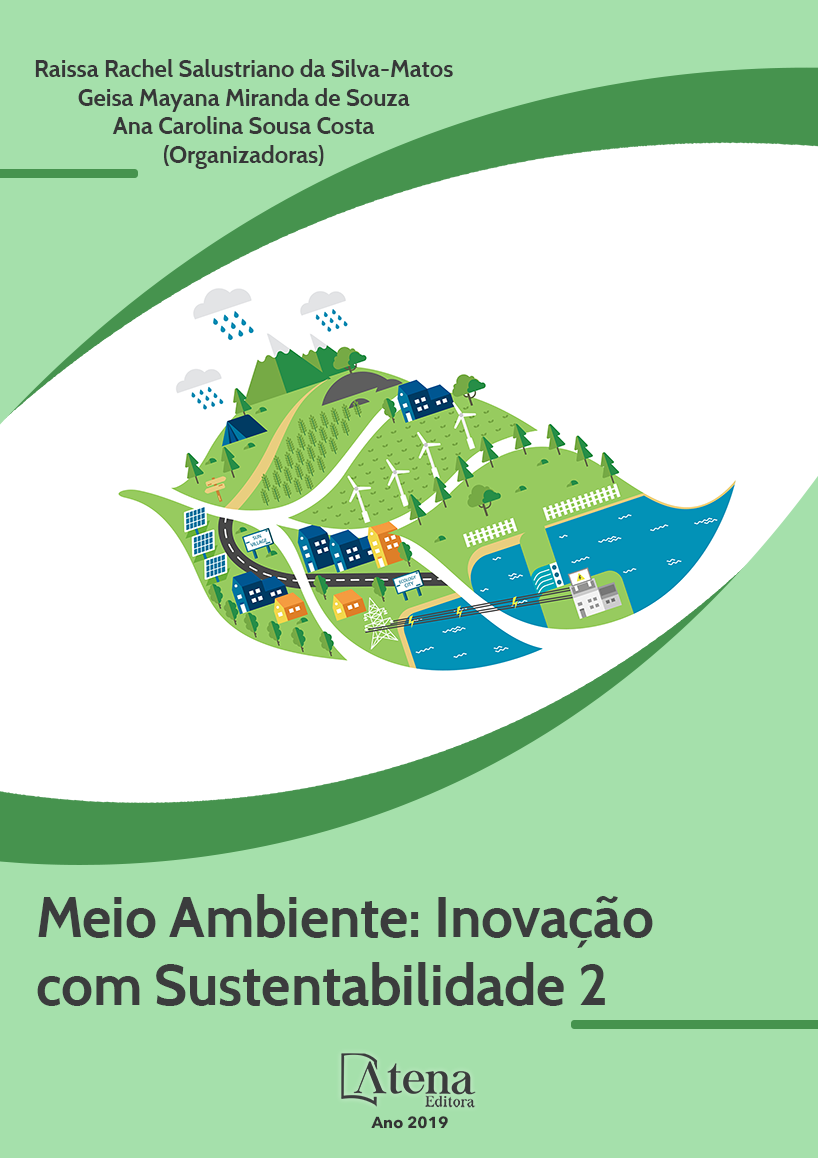
MAPEAMENTO E DETERMINAÇÃO DA BIOMASSA DE MANGUEZAIS ATRAVÉS DE IMAGENS DE SATÉLITE E DADOS DENDOMÉTRICOS NO MUNICÍPIO DE ALCÂNTARA-MA
O presente projeto visa quantificação
da biomassa total de manguezais do município
de Alcântara MA através de coleta de dados in
loco e de imagens orbitais a fim de subsidiar
um banco de dados georreferenciado para
análise de eventos climáticos como a elevação
do nível do mar e seu impacto nas alterações
estruturais e suas consequências para o
ambiente e os seres vivos que nidificam nessas
regiões. A escolha do município de Alcântara-
MA como unidade de avaliação baseia-se
na possibilidade de realizar a medição da
biomassa com a possibilidade de estender para
toda a zona costeira do Estado. A metodologia
adotada neste trabalho para a determinação da
quantidade de carbono armazenado nas plantas
de manguezal com a localização e estimativa
das áreas de manguezal, cálculo da quantidade
total da biomassa dos manguezais e cálculo da
quantidade total de carbono armazenado nas
árvores de manguezal, foi baseada em estudos
de impactos ambientais semelhantes no litoral
de outros países e outras cidades litorâneas
brasileiras, utilizando o diâmetro na altura do
peito na medição da circunferência das árvores
e depois aplicando cálculo em equações
específicas para cada espécie de planta. Os
resultados subsidiam as atividades do projeto
denominado “Análise da vulnerabilidade natural
e ambiental da zona costeira maranhense
a impactos de eventos climáticos extremos
e aumento do nível do mar na região préamazônica”,
adicionando informações sobre
a vulnerabilidade e a sensibilidade ambiental
das áreas mapeadas. A análise das florestas
de mangue mapeada ao longo desta pesquisa
mostrou que as árvores dessa floresta crescem
a uma razão de um a quatro centímetros de
diâmetro a cada seis meses e acumulam uma
quantidade de biomassa de 65,08t/ha, sendo,
portanto fundamentais para o equilíbrio da
biodiversidade que nele habita, bem como de
grande importância para os seres humanos, em
especial aqueles que vivem nessas regiões.
MAPEAMENTO E DETERMINAÇÃO DA BIOMASSA DE MANGUEZAIS ATRAVÉS DE IMAGENS DE SATÉLITE E DADOS DENDOMÉTRICOS NO MUNICÍPIO DE ALCÂNTARA-MA
-
DOI: 10.22533/at.ed.4611901102
-
Palavras-chave: Sensoriamento Remoto; Litorais; Biodiversidade.
-
Keywords: Remote Sensing; Coastlines; Biodiversity.
-
Abstract:
The present project aims to
quantify the total biomass of mangroves in the municipality of Alcântara MA by means
of data collection in loco and orbital images in order to subsidize a georeferenced
database for the analysis of climatic events such as sea level rise and their impact
on structural changes and their consequences for the environment and the living
things that nest in these regions. The choice of the municipality of Alcântara-MA as an
evaluation unit is based on the possibility of performing biomass measurement with
the possibility of extending to the entire coastal zone of the State. The methodology
adopted in this work to determine the amount of carbon stored in mangrove plants
with the location and estimation of mangrove areas, calculation of the total amount of
mangrove biomass and calculation of the total amount of carbon stored in mangrove
trees was based in studies of similar environmental impacts in the littoral of other
countries and other Brazilian coastal cities, using the diameter at the breast height in
the measurement of the circumference of the trees and then applying calculation in
specific equations for each species of plant. The results support the activities of the
project entitled "Analysis of the natural and environmental vulnerability of the coastal
zone of Maranhão to impacts of extreme climatic events and sea level rise in the pre-
Amazon region", adding information on the vulnerability and environmental sensitivity
of the mapped areas . The analysis of the mangrove forests mapped throughout this
research showed that the trees in this forest grow at a ratio of one to four centimeters
in diameter every six months and accumulate a biomass amount of 65.08t / ha and are
therefore fundamental for the balance of the biodiversity that lives there, as well as of
great importance for the human beings, especially those that live in those regions.
-
Número de páginas: 15
- Andre Luis Silva dos Santos
- Bruno Cesar Pereira Costa
- Venerando Eustáquio Amaro
- Alexsandro Mendonça Viegas


